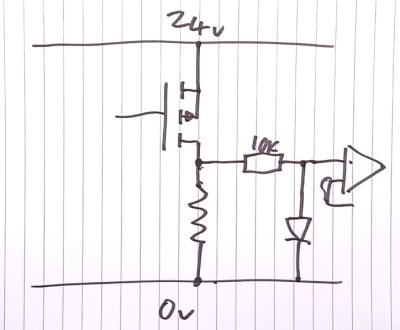Woodworking tools like table- and bandsaws are extremely useful and versatile, but they generally have the distinct disadvantage that they make no distinction between the wood and the digits of the person using the machine. While solutions like SawStop were developed to make table saws sense flesh and try to not cut it, [James Hamilton] makes a compelling argument in a recent video for the use of power feeders.
These devices are placed above the table and feed the material into the machine without having to get one’s digits anywhere near the machine. Other than the safety aspect, it also means that the material is always fed in at a consistent speed, which is great when using it with a router table. Most of these power feeders are portable, so a single unit can be moved from the table saw to the router table, with [James] showing how he is using MagSwitch magnetic clamps to ease the process of moving between machines.
With the 1/8 HP mini power feeder that he’s using, the 4 magnetic clamps appear to be enough even when cutting hardwood on the table saw, but it’s important to make sure the power feeder doesn’t twist while running, for obvious safety reasons. On [James]’s wish list is a way to make moving the power feeder around more efficient, because he only has a single one, for cost reasons.
Although these power feeders cost upwards of $1,000, the benefits are obvious, including when running larger jobs. One might conceivably also DIY a solution, as they appear to be basically an AC motor driving a set of wheels that grip the material while feeding. That said, do you use a power feeder, a SawStop table saw or something else while woodworking?
Continue reading “Safer And More Consistent Woodworking With A Power Feeder”


















